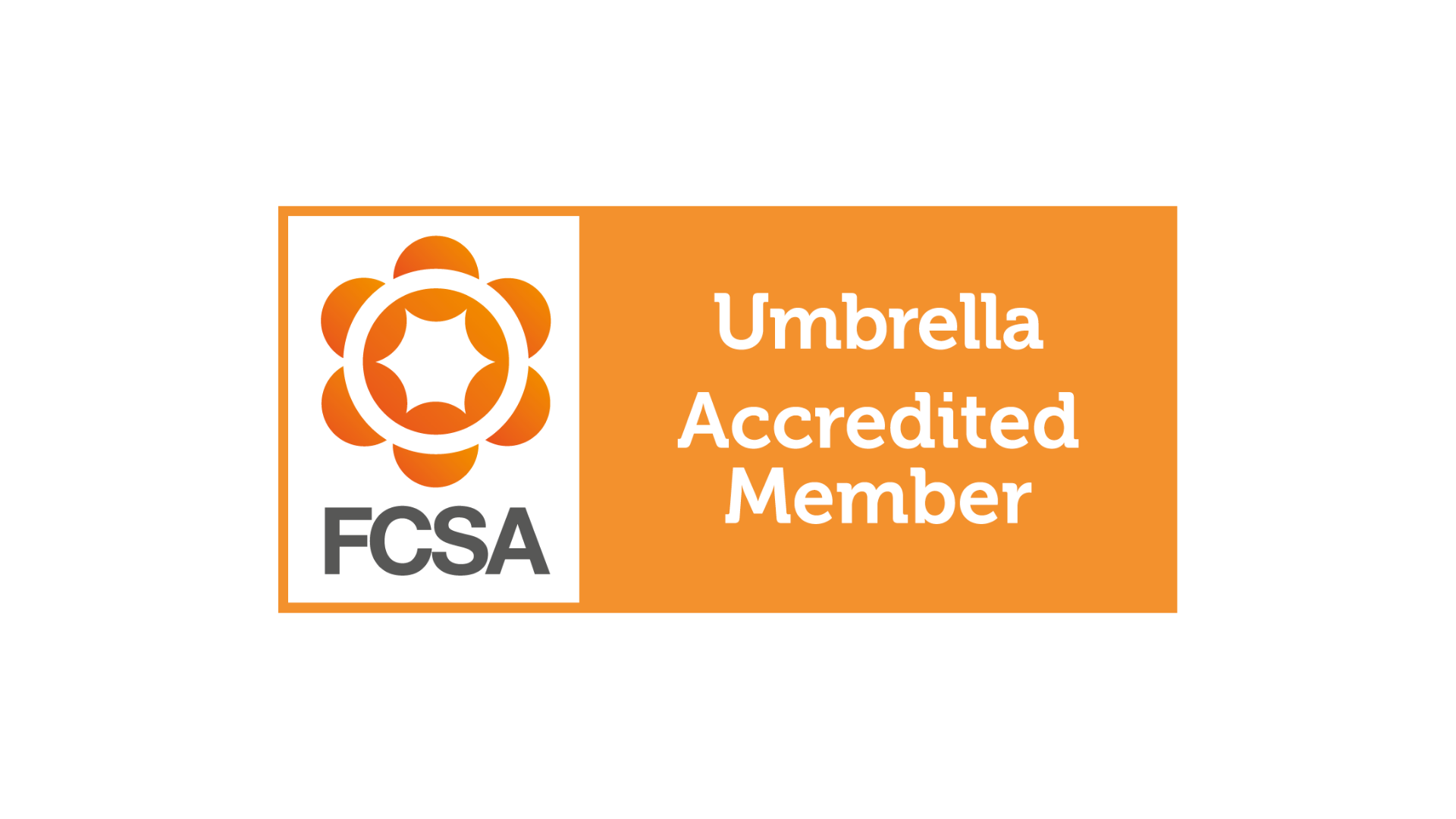Following our previous look at loan schemes and how these impact your choice of umbrella provider, the latest in this series looks at the April 2019 loan charge and how it will impact anyone who may have entered into a loan agreement since 1999 caught by the Disguised Remuneration rules.
The Good Old Days
In the past, many companies entered into arrangements that allowed them to reward employees with a loan made via a 3rd party instead of actual salary. This 3rd party would often take the shape of an Employee Benefit Trust (“EBT”).
The company contributing to the EBT would benefit from a reduction in Corporation Tax. The EBT would then make the loan to the employee. The loan is not deemed income or earnings (on the basis it would be repaid but is never actually done so) and thus not taxable on the employee.
This distancing, now known as a ‘relevant step’ previously, meant that these schemes, before introducing the new Disguised Remuneration rules (Part 7A of ITEPA 2003) in December 2010, were not caught these new provisions. Existing schemes with loans were a state of dormancy.
The introduction of the 2019 Loan Charge now gives HMRC powers to revisit these historical schemes and issue a retrospective PAYE charge, with substantial penalties levied.
The 2019 Loan Charge Rules
The Finance (No. 2) Act 2017 contained significant steps to combat these schemes. To apply the charge, the arrangement must first pass to verify if it falls within Part 7A. The key is to establish whether an employer sets up the arrangement to benefit an employee.
The charge essentially treats taxes outstanding loans as if they were remuneration (income/salary) and creates an approximately combined tax and NIC liability of a massive 61% loan value.
By 1st October 2019, all employees who have benefited from loans from such schemes must provide detailed information to HMRC regarding themselves and the loan itself, along with outstanding balances, details of all loans and repayments per tax year, including loans that have previously been released or written off.
Everyone involved in these tax avoidance schemes (the employer, the trustee and the employee) must report their existence to either the employer or HMRC. HMRC is aware of most of these already; however, compliance is vital regarding limiting penalties and surcharges.
What can I do if I have used a loan scheme?
Taxpayers’ options are limited. The only real courses of action are to either:
- Challenge HMRC via litigation. This will drag out the process considerably and challenge this may result in HMRC issuing Advance Payment Notices (APNs) to request a pre-payment of taxes before a final decision is made.
- Enter into a settlement with HMRC to resolve any historical tax liabilities. This will provide closure much sooner, and settling before 5th April 2019 will negate the 2019 charge. Those that wish to do this must register their intentions with HMRC by 31st May 2018
Conclusion
Ever since the draft proposals for this charge were made public, they have been heavily criticised. Retrospectively taxing something that was technically allowed at the time, even if it was not the intention of HMRC to be allowable, can certainly be viewed as unfair. On the opposite side, taxpayers not questioning incredibly low tax rates, plus denying the Government of income that it could spend elsewhere, could also be seriously questioned.
If you think you may be caught by these changes or want to discuss anything else, please feel free to call us on 0800 434 6446 or send us an e-mail at info@smartwork.com. For more news and blogs, remember to follow us on LinkedIn and Twitter.



